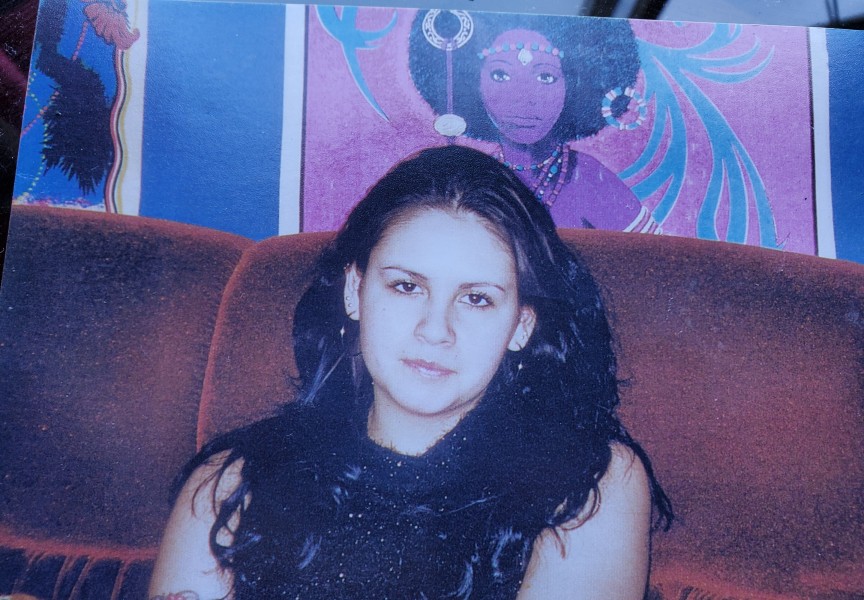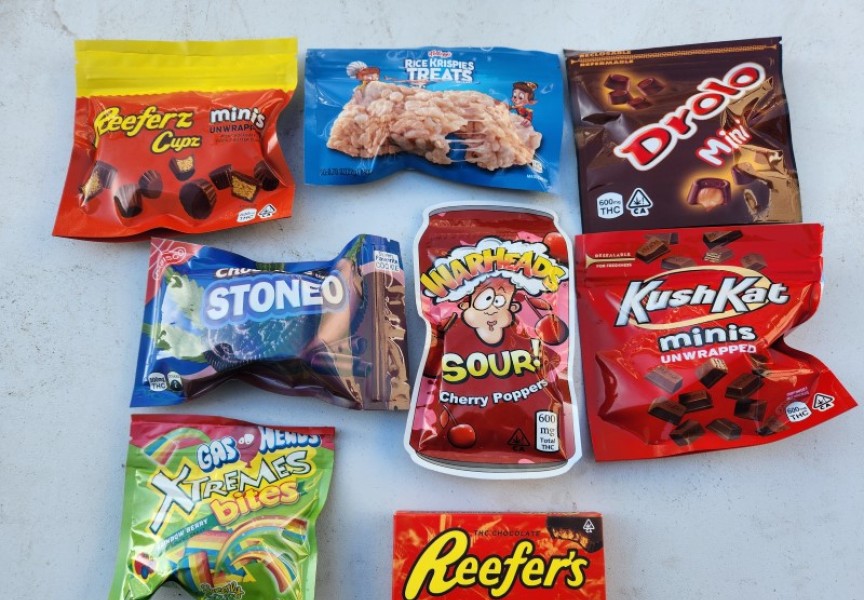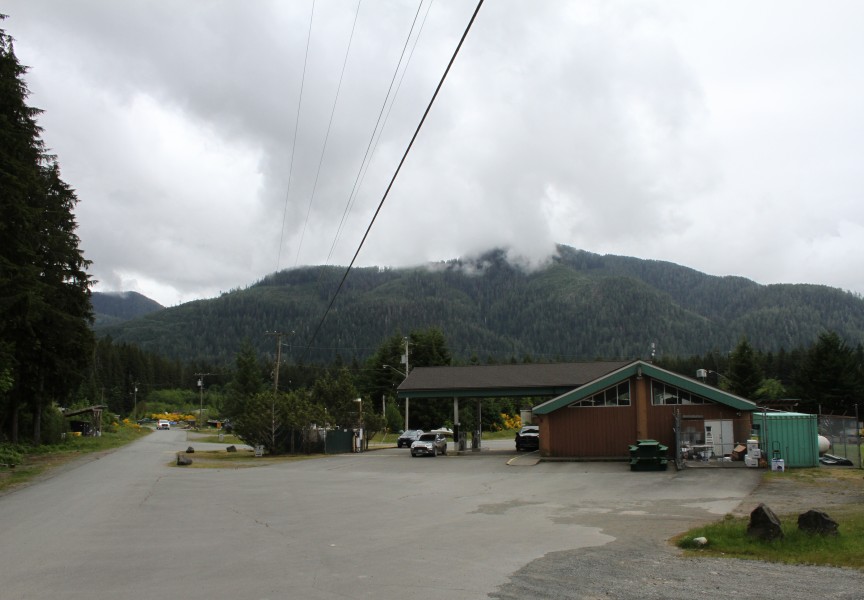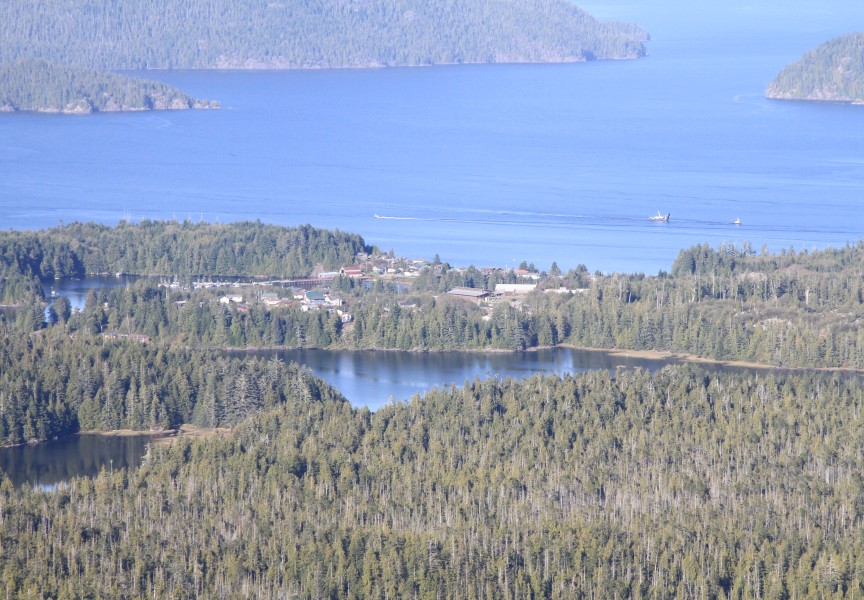The Tla-o-qui-aht “admonishes” police action while responding to an emergency call in Opitsaht that resulted in one of the First Nation’s members being shot dead on Feb. 27.
“It is incomprehensible to see such unnecessary loss of life at the hands of the RCMP,” wrote Chief Councillor Moses Martin in a statement. “It is obvious that the RCMP need more social service resources and community-based responders, to assist them when interacting with those members of the society that have mental health issues, or whom are currently going through other trauma.”
Julian Jones, 28, died during an altercation with police, when two officers from the Tofino RCMP detachment came to a residence in the Meares Island village at approximately 9:30 p.m. on Feb. 27. Police came “to locate a woman in distress” at the home, according to a statement from Tofino RCMP. An altercation ensued, resulting in the fatal shooting and another man being taken into custody.
In the days following the shooting a team from the Independent Investigations Office of British Columbia attended, including a forensic investigator who studied evidence at the scene and five others responsible for interviewing witnesses and police, as well as canvassing the village to find any observations from the evening of the shooting. The IIO is a civilian-led oversight agency that is called to investigate when serious harm or death occurs during police action.
“What we want to do is gather all of the evidence that we can surrounding this incident as would be done in any completed thorough investigation,” said Ronald J. MacDonald, the IIO’s chief civilian director. “We’ll stay there for as long as necessary to gather what we consider a complete picture of the scene.”
The agency’s role is to determine if any police should face criminal charges due to a failure to fulfill their duty.
“Did the officer directly cause a death? And if so, were those actions justified and law - or were they excessive and unnecessary use of force?” said MacDonald. “All police officers have a duty to protect and preserve life. So sometimes while their direct actions might have been justified, there might be other actions – or inactions – things they didn’t do or ought to have done that could be of sufficient significance to constitute a criminal offense.”
There must be reasonable grounds for the IIO to recommend charges to Crown counsel, at which point the matter will be in the hands of the prosecution service if it proceeds through the courts.
“They require a test that is substantial likelihood of conviction,” said MacDonald of the Crown’s assessment of the recommendations against an officer. “Our test is similar to the test that police apply when they refer matters to the Crown for consideration of charges.”
Judith Sayers, president of the Nuu-chah-nulth Tribal Council, is sceptical that the IIO will bring people the answers they need.
“I don’t have 100 per cent confidence in the IIO - or any independent investigation - but in this case they have appointed a civilian monitor from Tla-o-qui-aht,” she said. “I think that will help.”
The civilian monitor will not be part of the investigation, but has been selected to represent the standpoint of the First Nation’s community. This person will also file a report at the end of the process.
“My hope is that throughout the investigation, through regular briefings, that person will be able to bring a perspective that we might miss,” said MacDonald.
Currently the perspective of the Tla-o-qui-aht is that better communication was required with the First Nation’s Emergency Operations Centre before the police entered Opitsaht. The Tla-o-qui-aht’s justice committee has requested access to the constables’ body camera footage, as well as any 911 calls tied to the deadly incident.
“I think fear had a lot to do with it, coming into a reserve on a dark rainy night,” noted Sayers. “Had they had members escort them in, would they have been able to de-escalate the situation? Those are things we don’t know.”
The fatality has hit the Tla-o-qui-aht particularly hard, as the First Nation is till awaiting answers into the death of Chantel Moore. The 26-year-old Tla-o-qui-aht member was shot dead on June 4 in Edmunston, New Brunswick when an officer from the local police force came to her home to conduct a wellness check.
The IIO has also investigated the death of James Williams, another Tla-o-qui-aht member who died last summer in a Duncan shelter on the day he was released from RCMP custody. Information from that case will be available shortly, said MacDonald.
The First Nation’s frustration is fueled by unmet demands that were issued after Moore was shot, including a requirement for answers.
“To date, none of the recommendations have been followed up on, and the RCMP/police have killed more TFN members than COVID has,” wrote Chief Martin.
As questions continue to circulate around the police use of force on Indigenous people in Canada, Sayers has met with top RCMP officials in B.C. with hopes of exploring ways to improve relations.
“We need to change policies, we need to change the way things happen, we need to build better relations and ways of dealing with police coming onto reserve,” she said. “We really need to look at the excessive force guidelines. We need to figure out other things, like why did they just shoot somebody? Why wasn’t a taser used?...We can’t have another shooting happen.”
Considering the seriousness of the incident, IIO work on the Opitsaht shooting is expected to take several months. If recommendations for charges are not made to the Crown a public report will be released from the agency.
“The evidence gathering process takes some time initially, and then there’s often follow up and analyzation of the evidence and follow up,” explained MacDonald, adding that they will also have to wait for third-party expert reports. “There will be forensic firearm evidence that we will have to await, and that takes some time. There will be reports that flow from the autopsy that will be done, and that takes some months.”







